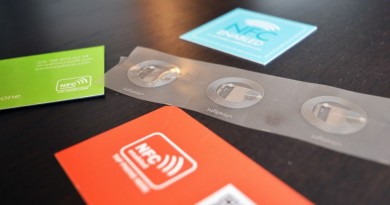Hyperlocal SEO: The Latest Trend In SERPs Domination
Every so often, search engine optimization goes through a revolution. First we had the link-building phase, then came keyword stuffing, and now we’ve moved onto more abstract things, such as user experience.
With each revolution, power was taken away from businesses and put in the hands of Google. However, with hyperlocal SEO, that’s not the case. In fact, it’s one of the most effective things that brick-and-mortar firms can do to enhance their visibility.

What Is Hyperlocal SEO?
Business leaders have been using local SEO for a while. The idea here is to try to rank for local searches that are actually relevant to the business.
For instance, if a person types “restaurant” into Google, they could be looking for a place to eat anywhere in the country. However, if they type “restaurant Chicago,” then there’s a good chance that that’s where they want to find one.
Local SEO helps brands refine their keywords so they rank for relevant searches by prospective customers.
Hyperlocal SEO lets you increase your businesses search visibility even further. Instead of targeting the local town or state — as local SEO does — it targets a particular neighborhood and street. It’s about attracting customers who are just a few meters from your front door.
Why Use Hyperlocal SEO?
Businesses are obsessed with hyperlocal SEO for a couple of reasons. The first is that they want to make sure that they’re capturing people walking by their business. Many users are now in the habit of walking down the street and then typing keywords with “near me” in them somewhere. Hyperlocal SEO lets you target these keywords so that you can attract them.
The second reason for using hyperlocal SEO is that the competition for keyword ranking is so high for popular search terms. A lot of small businesses simply don’t have the clout to get up there and start competing with the big boys.

How To Do Hyperlocal SEO
Doing hyperlocal SEO is actually quite similar to doing local SEO. You want to go through the same steps.
The first is to set up a Google My Business account. This instantly puts you on Maps and allows customers to see things like your opening times, location, review score, menu, prices and niche. Once you fulfill all of Google’s requirements, it’ll automatically boost your company up in the rankings for related search terms.
Next, start targeting hyperlocal keywords. Most of these you’ll be able to think of off the top of your head (such as “restaurants near me”). However, if you get stuck or just want to make sure that you’ve considered all of them, you can use a keyword tool.
Remember, when you’re looking for hyperlocal keywords to include in your meta descriptions, tags, image alt texts, titles and content, you want words that indicate that customers are very close by. If you’re not focusing on these, you’re not doing hyperlocal SEO.
Lastly, you’ll want to track your efforts to see if they make a difference. Sometimes, hyperlocal SEO will show up in your KPIs and metrics immediately.




